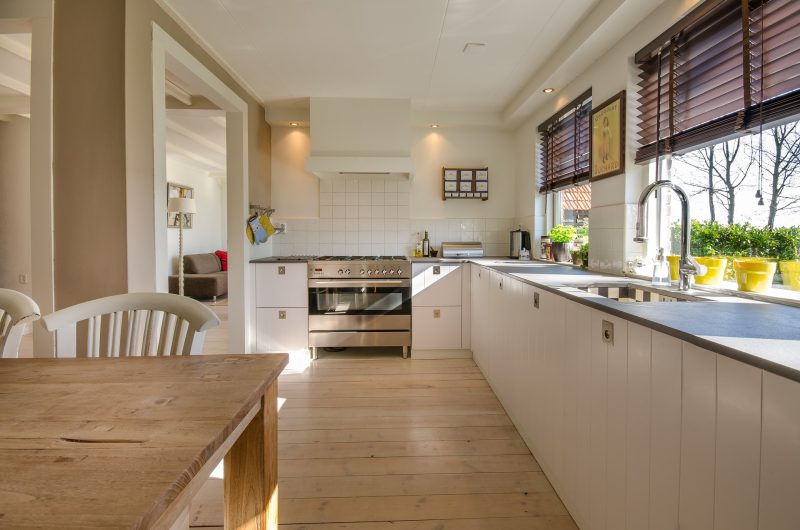Popular Posts
The news recently has been crammed with very surprising stories about negative interest rates in Europe.
Trillions of dollars in corporate and government debt has turned negative. Bond prices and yields move opposite to each other, so a rush into bonds has created this unusual new environment.
The trend has extended even to consumer borrowers. In Denmark, for instance, there are banks making home loans at zero percent — even negative 0.5%.
It’s hard to wrap your head around, but the simple explanation is that while borrowers will still make payments, the amount they pay back ultimately is lower than what they borrowed.

Before you rush to check your passport, consider the chances that very low, zero and even negative interest rates could come to the United States.
None other than Alan Greenspan, the former chairman of the Federal Reserve, thinks it will happen.
“You’re seeing it pretty much throughout the world. It’s only a matter of time before it’s more in the United States,” Greenspan told CNBC.
Meanwhile, President Trump is jawboning current Fed chief Jay Powell to hurry up and drop the benchmark rate to zero. (Powell may cut, but probably not so drastically.)
First, careful what you wish for. Extremely low rates mean that interest paid on bonds, certificates of deposit and saving accounts also will fall. That’s hard on retirees.
Second, forcing rates downward will not automatically mean lower rates on loans and credit cards. Some types of borrowing will get cheaper over time, but probably not unsecured loans.
Finally, there’s more to borrowing than solely the interest rate.
Borrowing $250,000 for a home at a low rate is great — but borrowing for a shorter duration is better.
For instance, a 30-year mortgage at 4% will cost you $1,194 a month, not counting escrow, repairs and taxes. A 15-year mortgage on the same terms will cost you $1,849 a month.
But your house will be paid down in half the time, so the total cost of the loan is very different.
The 30-year loan costs $429,674 and the 15-year costs $332,860 — a difference of $96,814.
Refinancing, too, is a great idea, but only if the savings outweigh the immediate cost in fees of sourcing a new loan.
Broadly speaking, experts contend that you should not refinance unless you can save 2% on your rate.
But it’s pointless to refinance to a longer term unless, for instance, you must lower your cost of living. In the end, you’ll pay more.
It’s also hard to justify “cash out” refinancing, unless you plan to use that payday to substantially improve your home (hello kitchen renovation!), buy another home as an investment (or another investment altogether) or pay down costly revolving debt.
The current 30-year fixed mortgage is about 3.5%. Will it fall to 1.5%?
Possibly, but consider carefully your reasoning for refinancing. Whatever benefit you seek could be minimal.
MarketRiders, Inc. is a registered investment adviser. Information presented is for educational purposes only and does not intend to make an offer or solicitation for the sale or purchase of any specific securities, investments, or investment strategies. Investments involve risk and, unless otherwise stated, are not guaranteed. Be sure to first consult with a qualified financial adviser and/or tax professional before implementing any strategy discussed herein. Past performance is not indicative of future performance.